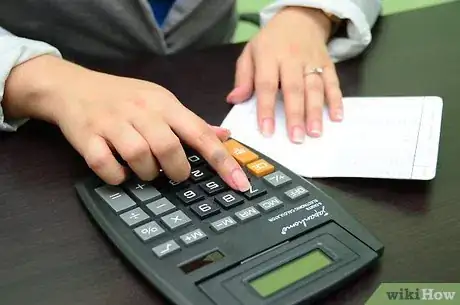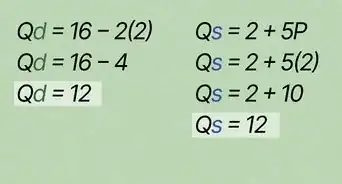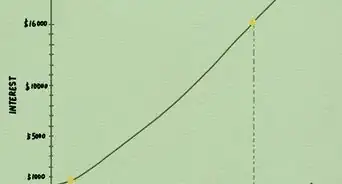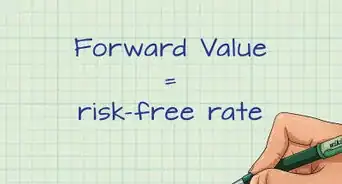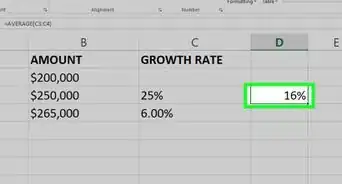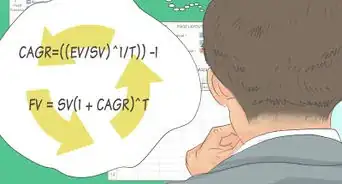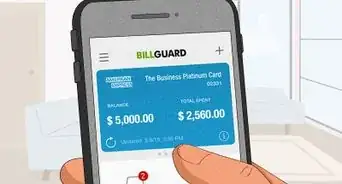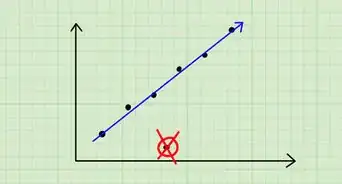wikiHow is a “wiki,” similar to Wikipedia, which means that many of our articles are co-written by multiple authors. To create this article, volunteer authors worked to edit and improve it over time.
This article has been viewed 64,742 times.
Learn more...
Financial reports, also called financial statements, demonstrate a company's financial position over a specific period of time. Most businesses and organizations provide financial reports to their Boards of Directors, shareholders and investors on a monthly, quarterly or annual basis. They are reviewed to identify trends, successes and problems within a company's finances. These reports are often prepared by accountants or financial teams, but they are not complicated to read. Read a financial report by paying attention to the balance sheet, income and cash flow.
Steps
-
1Identify the time period covered by the financial report. Usually, the top of the report or statement lists the time period.
-
2Look at the balance sheet. The balance sheet lists the assets and liabilities of the company.[1]
- Take a look at how the balance sheet is set up. In some reports the assets will be listed on the right, and the liabilities on the left on other reports the assets will be listed first and on top, and the liabilities below after the assets.
- Read the assets. Assets include cash, investments, property and other things owned by the company that have value. The assets are listed in order of liquidity. The most liquid assets, such as cash, are presented first.
- Review the liabilities. Liabilities are debts or obligations that the company owes to others. These include rent, payroll, taxes, loan payments and money owed to other vendors or contractors.The liabilities and equity section are combined to produce a balance with the asset component. The equity section gives a break down of the value of money invested and re-invested in the business.
- Notice the difference between current liabilities and long term liabilities. Current liabilities are things that need to be paid off within a year. Long term liabilities will take more than a year.
- A balance sheet must always balance that is, the sum of assets must be equal to the sum of liabilities and equities. If that is not the case, it is usually the first sign of a badly reported financial Statement.
Advertisement -
3Look at the income statement. This will show you how much money the company earned over the specified period of time. Any money that was spent in earning that income will also be reflected.[2]
- Read the top line, which should say "sales" or "gross revenue." This reflects the amount of money the company made by providing its products or services, before any expenses are deducted.
- Look at the cost of goods sold. This is the negative figure directly below the revenue/ sales figure. This figure represents the direct expenses incurred by the business in making the revenue/ sales figure.
- The Gross profit which is the difference between the sales/revenue figure and the cost of goods sold represents the profit made by the business before operational expenses are deducted. This figure is always a positive number, if it is negative, it means the business is not viable.
- Review the operating expenses. These include the costs of doing business, such as salaries, advertising, salaries and miscellaneous expenses.
- Notice the depreciation line. This reflects the cost of an asset over the amount of time it can be used by the company.
- Check the operating profit, which is the amount of money the company made after the operating expenses are deducted, the operating profit is the Gross profit figure less the total operating expenses figure.
- Look at the amount of interest that was earned and paid. These are called Finance costs if interests are paid or Finance income if interests are earned. A business inures finance costs when it has borrowed money at an interest like wise a business earns Finance/ Interest income when it has lent money at an interest or invested in money market securities. .
- Check the amount of income tax that was subtracted.
- Read the last line of the income statement. This reflects the net profit or loss.
-
4Look at the cash flow statement. This will tell you how much cash the company has available. It will also track the money coming in and out of the company during the specified time.[3]
- Read about the operating activities first. This section analyzes how the company's cash was used in order to reach its net profit or loss.
- Check the investment activities. This part of the cash flow statement shows any income from investments or assets that were sold.
- Look at the financing activities. This tracks what the company did to pay back or acquire things such as bank loans.
-
5Review any narratives. Accounting professionals will often provide a paragraph that provides an overview of the financial report.[4]
-
6Look through supporting documentation if you have questions. There are usually back-up or supporting documents available, such as receipts and invoices, that help explain transactions.[5]
Community Q&A
-
QuestionWhat is the main thing a buyer looks for on the balance sheet?
 SMIFS LimitedCommunity AnswerAn investor or a buyer might be looking at the asset side of things in order to make sure that the business they are investing has ample assets for the liabilities present on the company.
SMIFS LimitedCommunity AnswerAn investor or a buyer might be looking at the asset side of things in order to make sure that the business they are investing has ample assets for the liabilities present on the company.
References
- ↑ https://bench.co/blog/accounting/financial-statements/
- ↑ http://www.businessdictionary.com/article/800/how-to-read-a-financial-statement/
- ↑ http://www.businessdictionary.com/article/800/how-to-read-a-financial-statement/
- ↑ https://www.dummies.com/business/accounting/10-tips-reading-financial-report/
- ↑ https://finance.uw.edu/fr/internal-controls/documentation
- http://www.sec.gov/investor/pubs/begfinstmtguide.htm
- http://www.practicalecommerce.com/articles/3028-How-to-Read-a-Financial-Statement


